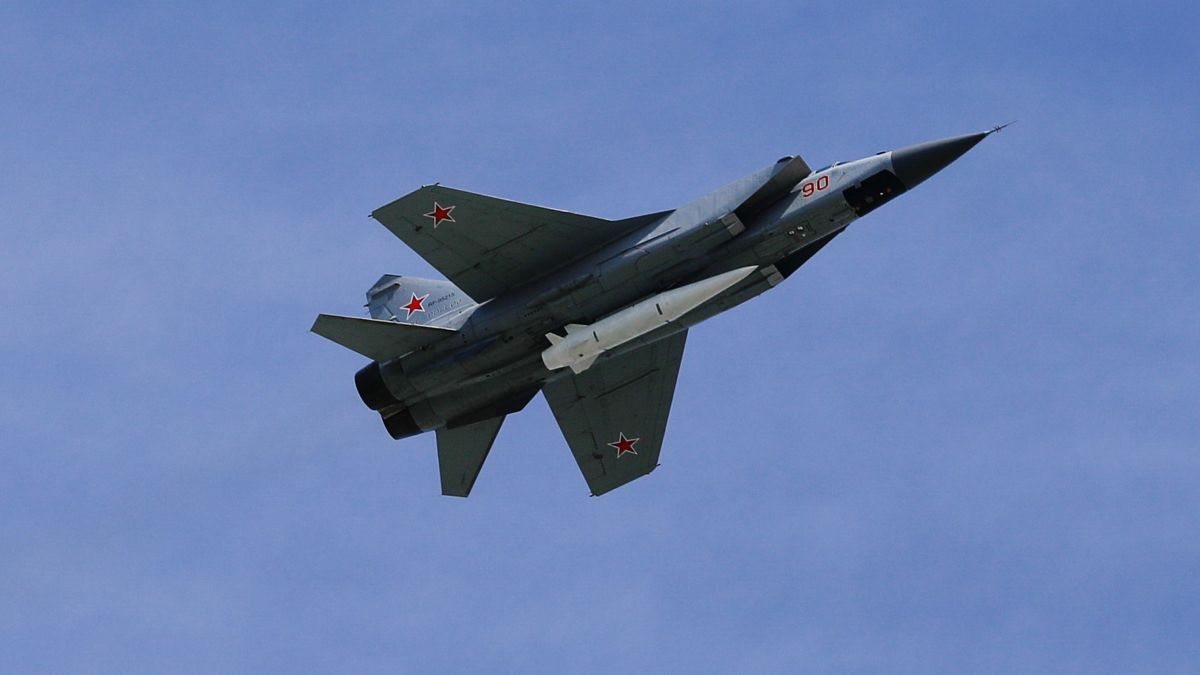The first quantitative assessment of professional telescopes’ carbon footprint finds that these facilities contribute more emissions than all other astronomy research activities combined. The post Is “Slow Science” the Answer to Astronomy's Carbon Footprint? appeared first on Sky & Telescope.
Read MoreMonth: March 2022
A View to a Nebula
This colorful image, taken by the Hubble Space Telescope and published in 2018, celebrated the observatory’s 28th anniversary of viewing the heavens.
Read MoreWhat if the same spacecraft studied mysterious icy bodies and the cosmos as well?
Staring out into space is a time-tested technique for making long journeys pass more quickly, but not one often applied at the scale of the solar system. That’s exactly the approach a team of scientists have turned to in hopes of someday launching a mission to a family of strange, icy bodies called Centaurs. Researchers had proposed a mission to NASA in 2019 that would fly by two Centaurs in the agency’s smaller planetary science mission class. NASA decided not to pursue the idea; eventually the process ended with the…
Read MoreNASA’s work to align the James Webb Space Telescope is extending to more instruments
After James Webb Space Telescope officials released a stunning image of a single star, the team is ready to get other telescope parts in line with the observatory’s mirrors. The $10 billion telescope successfully aligned with its near-infrared camera (NIRCam), as the star image showed. But the observatory still has four other instruments that it must be able to switch between with perfect alignment to obtain sharp images of distant objects. The work will begin with the guiding instrument (called the Fine Guidance Sensor or FGS) and then extend to…
Read MoreNASA flyby of Jupiter’s big moon Ganymede revealed massive unknown craters
After a NASA mission passed within 620 miles (1,000 kilometers) of Jupiter’s largest moon Ganymede in June 2021, scientists are still decoding what the encounter can teach us about the strange world. Two missions have previously imaged Ganymede, the largest moon in the solar system, Voyager 1 mission in 1979 and the Galileo spacecraft in the mid 1990s. Some of those images, however, were taken at a less than ideal angle, leaving large blank spots that scientists knew nothing about; technology has also improved dramatically since those missions launched. So…
Read MoreMarch equinox 2022 brings spring to Northern Hemisphere as Earth’s seasons change
Astronomical spring is on the rise in the Northern Hemisphere during the equinox, which arrives today (March 20). The March equinox officially lands at 11:33 a.m. EST (1633 GMT), when our planet reaches the spot in its orbit when its axis is not tilted with respect to the sun. Both the Northern and Southern Hemispheres will have the same amount of sunshine in the next 24 hours. It’s because of the Earth‘s axis that we experience the seasons. The axis is tilted by 23.5 degrees with respect to the plane…
Read MorePlanet Venus at its ‘greatest elongation’ from the sun. Here’s how to see it.
Venus will be at its greatest distance from the sun tonight (March 20), making it a great time to spot the planet in the evening sky. With a magnitude of -4.4, Venus should be fairly easy to spot in the eastern sky, despite its low pre-sunrise altitude. While the planet will reach its greatest western elongation at 5:35 p.m. EDT (21:35 GMT), skywatchers will have the best chance at viewing Venus in the very early morning, according to In-The-Sky.org. Venus should be bright enough to see with the naked eye,…
Read MoreRussia says it used a hypersonic missile in Ukraine for first time: report
Russian defense ministry officials said the country used a new hypersonic missile in an attack on Ukraine on Friday, marking its first use in combat. The hypersonic missile, called Kinzhal (“Dagger” in Russian), was used in an attack on a large underground warehouse in southwestern Ukraine, according to Bloomberg News, which cited that Russia’s claim had yet to be independently verified. Hypersonic missiles are weapons designed to fly at speeds greater than five times the speed of sound, or Mach 5, which is about 3,800 mph (6,100 kph). Their speed…
Read MoreMistaken identity: Researchers discover stars masquerading as exoplanets
Astronomers have detected at least three small stars masquerading as exoplanets, new research shows. The three, possibly four, stars were originally discovered by NASA’s Kepler Space Telescope. At the time, they were classified as exoplanets. However, a new study suggests their original classification may be a case of mistaken identity, according to a statement from the Massachusetts Institute of Technology (MIT), where most of the researchers are based. The scientists revisited measurements of planet-hosting stars to verify the size of exoplanet candidates. This revealed three suspicious objects — known as…
Read MoreSpaceX Falcon 9 rocket launches record 12th mission, lands on ship at sea
A SpaceX Falcon 9 rocket flew for an unprecedented 12th time Saturday (March 19) and came back down to Earth for yet another successful touchdown. The two-stage Falcon 9 lifted off from Florida’s Cape Canaveral Space Force Station at 12:42 a.m. EDT (0442 GMT) on Saturday, carrying 53 of SpaceX’s Starlink internet satellites toward low Earth orbit. It was the 12th launch for this Falcon 9 first stage, setting a new record for SpaceX rocket reusability. The booster previously lofted the RADARSAT Constellation mission for the Canadian Space Agency in June…
Read More




